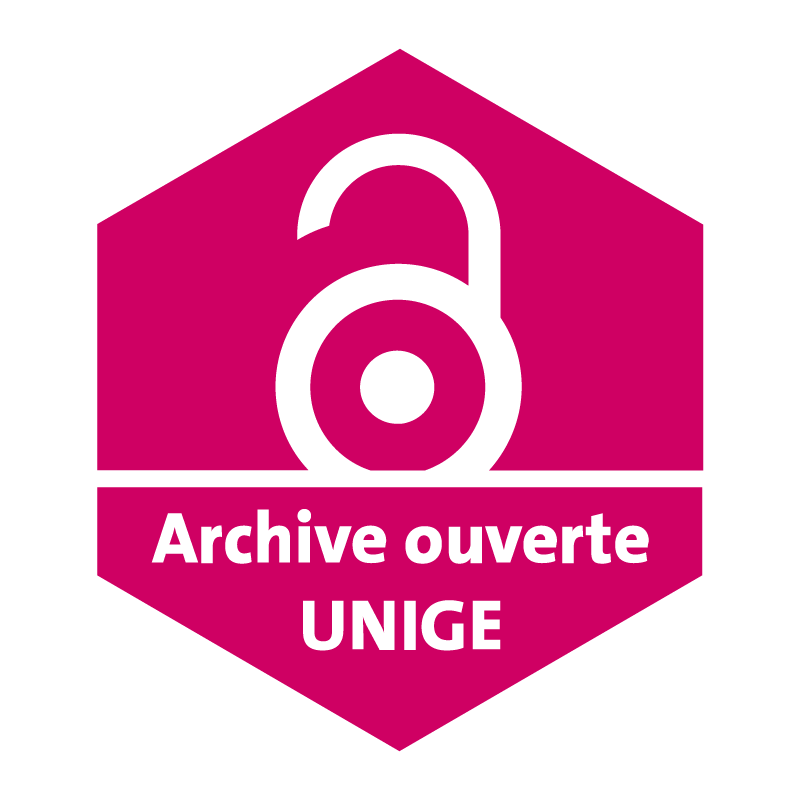Nanoscale Electrostatic Control of Oxide Interfaces
Published inNano letters, vol. 15, no. 4, p. 2627-2632
Publication date2015-03-12
First online date2015-03-12
Abstract
Keywords
- Oxide interfaces
- Nanoelectronics
- Split gates
- Superconducting weak link
- Top-gating
Affiliation entities Not a UNIGE publication
Research groups
Citation (ISO format)
GOSWAMI, Srijit et al. Nanoscale Electrostatic Control of Oxide Interfaces. In: Nano letters, 2015, vol. 15, n° 4, p. 2627–2632. doi: 10.1021/acs.nanolett.5b00216
Main files (1)
Article (Published version)

Identifiers
- PID : unige:159383
- DOI : 10.1021/acs.nanolett.5b00216
- PMID : 25749273
Additional URL for this publicationhttps://pubs.acs.org/doi/10.1021/acs.nanolett.5b00216
Journal ISSN1530-6984




